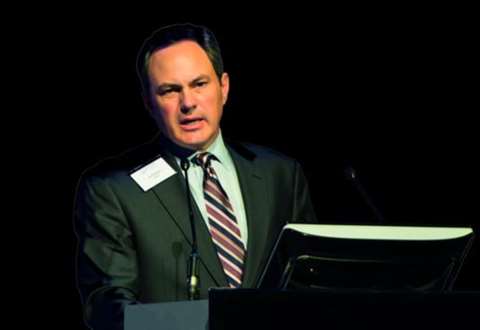New NAFTA a work in progress: SC&RA comment October 2018
24 July 2019

On 27 August 2018 US president Donald Trump announced that the USA and Mexico had found common ground on the structure for a trade deal that would ultimately replace the North America Free Trade Agreement (NAFTA).
Mexico has been an increasingly important export market for the USA for most of the past decade. Securing continued access to the US marketplace was viewed as an objective by major Mexican industrial groups.
While Canada remained noticeably absent from the deal, Trump added that he would look to pursue a formal signing ceremony to take place in November – noting that negotiations with Canada would continue in an effort to salvage the 24-year-old agreement that represents some US$1.2 trillion in annual North American trade.
Some specifics of the deal include requiring 75 per cent of automotive content to be made in North America (a significant increase from the current 62.5 %). In addition, the deal would require 40 – 45 % of auto content to be made by workers earning at least $16 an hour.
Aside from making it harder for carmakers to assemble automobiles outside North America and still get duty-free access to the most lucrative market – the USA – the higher threshold also aims to keep more parts from Asia out of the region. Greater use of North American steel, aluminium, glass and plastics will also be realised within the framework of the new pact.
Contrary to the original deal, the new accord boasts a lifespan of 16 years, and foresees a review every six years that can extend the pact for 16 more years.
In addition, the deal contains enforceable labour provisions that require Mexico to adhere to International Labor Organization standards to drive Mexican wages higher. That said, stronger labour rules and upward wage pressure may translate into more robust Mexican consumer demand over time.
In a 31 August press conference, Canadian Minister of Foreign Affairs Chrystia Freeland, articulated that she would continue to work for a trade deal that is in the country’s best interest – emphasising that she believes a trilateral trade pact that benefits all three countries can be achieved.
Mexican Economy Minister Ildefonso Guajardo agreed, citing that he expected “…the US-Canada talks to yield an agreement…” while adding that he felt Mexico must be ready to pursue a bilateral trade deal with Washington if need be. “Mexico still wants Canada to join the agreement to make it trilateral,” he stated, maintaining that such a result would be a “great asset.”
With a deal yet to be signed as of mid-September, AFL-CIO (American Federation of Labor and Congress of Industrial Organizations) President Richard Trumka said that, while the current NAFTA has had a “devastating” effect on American workers, a new agreement won’t work without Canada.
“The three countries in North America – the economy is pretty integrated,” he said in a television statement. “It’s pretty hard to see how that would work without having Canada in the deal. We’ve been aggressively pursuing an agreement that works for the workers in all three countries and I can say we’re not done yet.”



